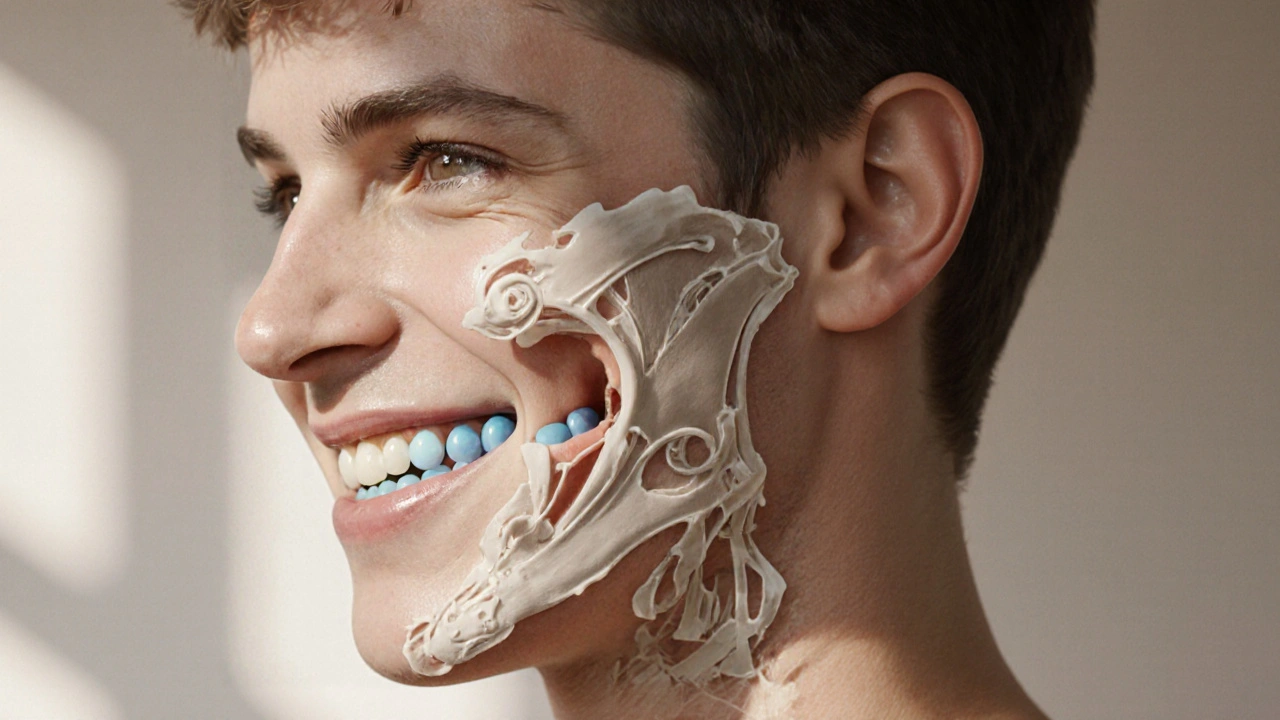
Kdy rostou poslední stoličky (třetí moláry) - kompletní průvodce
Zjistěte, kdy a jak rostou poslední stoličky, jaké komplikace mohou nastat, kdy navštívit zubaře a jak se rozhodovat o extrakci. Praktické tipy a FAQ.
When talking about moudrostní zuby, zuby, které vyrostou v zadní části úst mezi 17. a 25. rokem života a často způsobují komplikace, also known as třetí moláry, they are a common source of dental issues. Many people wonder why these teeth cause pain, swelling or infection. The answer often lies in the way they erupt – they can hit neighboring teeth, stay hidden beneath gum tissue, or grow at odd angles. This situation creates a cascade of problems: from extrakce zubu, chirurgické odstranění zubu, které se používá, když není možné zub zachovat to manage severe cases, to bolest zubů, intenzivní nepříjemný pocit, který může být pulzující nebo bodavý a signál, že něco není v pořádku that signals inflammation. Additionally, an inflamed pulp – known as pulpitida, zánět zubní dřeně, který může vést k výrazné bolesti a potřebě ošetření kořenového kanálku – often develops when the wisdom tooth is partially erupted, allowing bacteria to penetrate deep into the tooth structure.
The presence of moudrostních zubů is tightly linked to zubní kaz, because hard‑to‑clean areas become breeding grounds for plaque. When plaque accumulates, it lowers the pH in the mouth, weakening enamel and creating cavities. If a wisdom tooth is tilted or impacted, it can press against adjacent molars, increasing the risk of decay on both sides. Moreover, the same bacterial environment that causes decay also fuels pulpitidu, turning a simple ache into a full‑blown infection that may spread to surrounding tissues. In many cases, the dentist will recommend a preventive extrakci zubu before problems escalate, especially for patients with limited oral hygiene or a history of recurrent infections.
Understanding when to act is crucial. Typical warning signs include persistent bolest zubů that worsens at night, swelling of the gum around the back teeth, difficulty opening the mouth, or a bad taste caused by pus. If you notice any of these symptoms, a dental X‑ray can reveal the exact position of the wisdom tooth and whether there is an underlying pulpitida. Early detection often means a simpler, less invasive procedure and a faster recovery. On the other hand, ignoring the signs can lead to chronic infection, damage to neighboring teeth, and even bone loss.
Below you will find a curated collection of articles that dive deeper into each aspect we mentioned: from diagnosing cracked enamel, through managing pain after extraction, to detailed guides on how pulpitida is treated today. Whether you’re facing a routine check‑up or dealing with a painful eruption, the posts below give practical advice, explain the why behind each symptom, and suggest concrete steps you can take right now. Explore the list and equip yourself with the knowledge to handle moudrostní zuby confidently.

Zjistěte, kdy a jak rostou poslední stoličky, jaké komplikace mohou nastat, kdy navštívit zubaře a jak se rozhodovat o extrakci. Praktické tipy a FAQ.